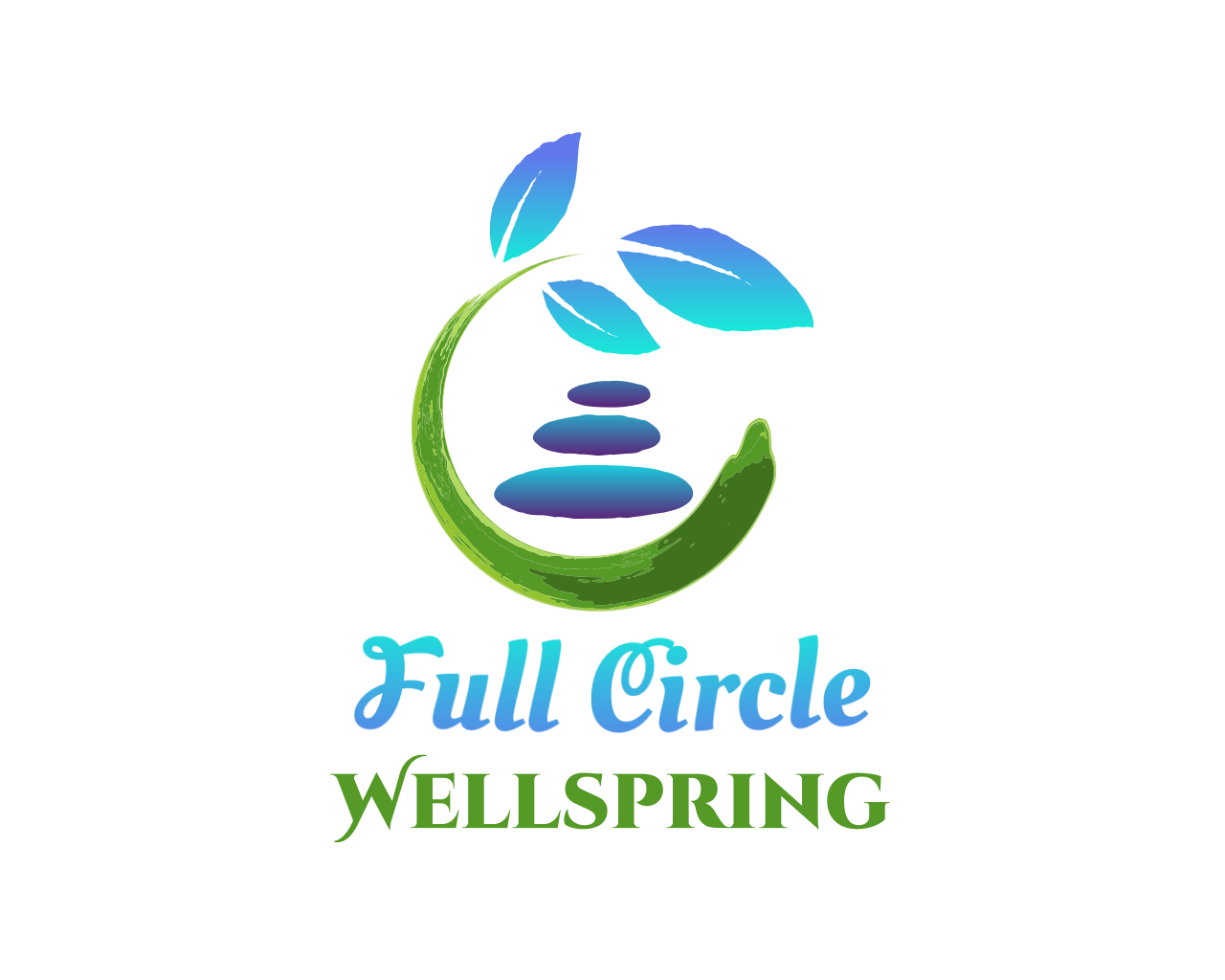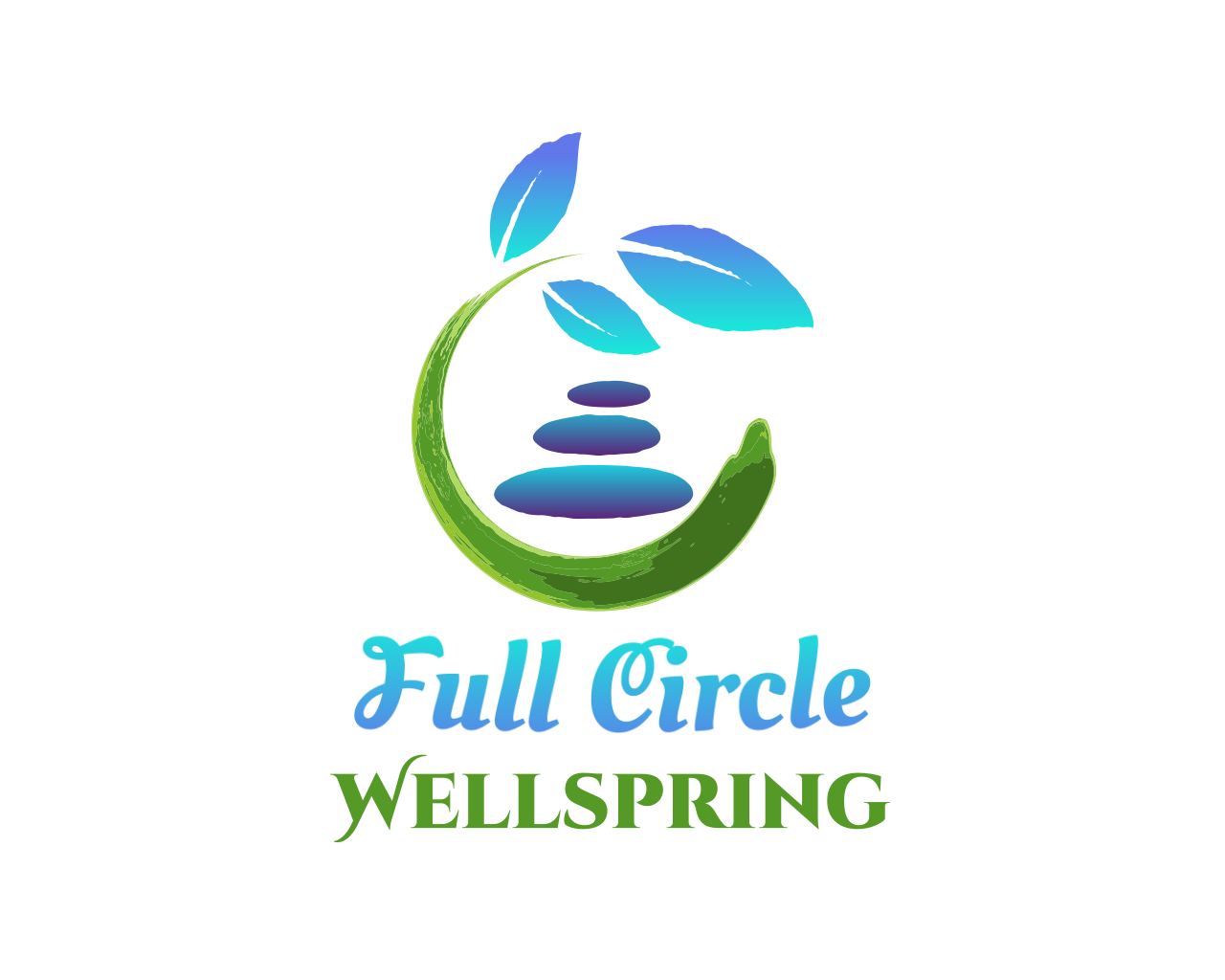Wellspring Wednesdays|Week 4: Developmental Trauma
*Author Note* If you prefer to listen or watch instead of or along with -
Check out the YouTube video and/or the Podcast audio.
Our Wellspring Wednesday tries to offer a focus of the inner resources each human innately has as, I believe, they are in charge of their own healing and well-being. Something special to note is that sometimes our conflict is actually within us, which is especially true for trauma survivors. I find for myself and clients that we can’t necessarily heal from something that we don’t understand or identify with. So if this word, developmental trauma, is new for you, consider this your introduction. In learning more about this, I hope you are able to start finding ways to mend your inner wounds so that you can continue to flourish in your trauma recovery journey. This is in no way a means to provide a diagnosis. If you align with this type of trauma, please seek professional help from your trauma recovery coach, therapist, or even your regular doctor to seek the next steps in the process.
The first eight years of life is considered to be the formidable years. Many believe these years are the shaping of your whole personality, roles, career objectives, likes and dislikes, social understanding, and moral judgments. This is because our brains develop from the bottom up. The lower parts of your brain are responsible for survival. These are your “physiological needs” as Abraham Maslow’s Hierarchy of Needs lists as: air, water, food, shelter, clothing. The basic of all basic to survive outside the womb. As you enter this world as a helpless infant, your brain is responsible to find you nourishment and shelter from the elements.
As the brain grows, it is now looking for safety, connection, proper health (beyond just survival), friendship, intimacy. This is right at the start of infancy when your brain is seeking out what and who is safe and forming the ability to trust. In survivors of early trauma – this is often where problems begin to arise. And because the brain is still developing toward its next stages to identity, self-esteem, eventually more and more independence, etc – thwarting the foundation of the lower brain’s functioning is devastating.
What does this look like? This could be an abused mother who is nursing her newborn while in a terrified state. Her nervous energy is actually not just transferred into your baby’s milk supply via stress hormones, but also creating confusion in the infant as they sense the mother and watch her. The brain is recording her fear and trying to decide if it should also be afraid. Or perhaps this could look a mother nursing while angry at her own circumstances. The baby again is feeding off of the mother who may be making the baby scared. The baby may not drink as much so that the feeding can be over. The baby may even not want to alert the mother to its hunger eventually when it is met with resistance and frustration most of times that it asks. This the beginning of another topic called ‘Self-Abandonment’ for another day.
Another example would be a preschool age child who is sexually abused. The brain is learning during this trauma. The brain is always watching and holding everything it learns from the outside world. The physical pain of this experience tells the brain to get away. However, when you are small, you simply cannot get away. So now your brain has to find another way to get through the torture. It may learn to dissociate. Maybe afterwards, the brain seeks something that used to be a comfort to the child like food to try to sooth the physical and emotional pain. Also, at this early stage of learning, the child has not yet discovered any of its sexual or reproductive abilities. The brain has now been introduced to something so foreign that it cannot comprehend what actually just happened. Yet somehow now has to learn to cope with this trauma and any further circumstances of it.
While moving into the upper parts of the brain with something like Friendship, per se, in first grade, if a child is being assaulted at home, that is what the brain has learned that connection with others is – abusive. The brain learns how to appease their classmates in order for the tribal skill of Connection to be earned. This child is operating in fear and seems shy or weak – which then makes them a bigger target for bullies. The child may be trying to make themselves very small and invisible so that they aren’t a target. Unfortunately, this actually makes you more so. *On a side note, childhood bullies are simply trauma victims themselves whose brain has learned to lash out for survival instead of lashing in.*
I digress. All of these parts are developing as we build on this rocky foundation to now - as executively functioning adults. We are simply all moving around the globe using our brain’s knowledge from past experiences. For you, if your infancy through childhood had physical abuse, neglect, anger or raging parents, often fear, alcoholism, drug abuse, sexual trauma, dysfunction, poverty, chronic stress, family lies and secrets, harsh or distressing environments, harm or perceived harm, racial inequality, food insecurity, witnessing violence, or any other atrocity – this is what we call Developmental Trauma. This is often connected with our Attachment Style. Attachment trauma is a wounding between the baby and their main caregivers. This becomes a style of bridge that the survivor walks across to every relationship from there on forward. Again, another topic, but highly interwoven.
“Ok Sara”, you may be saying, “This is so doom and gloom. What’s the prognosis?” I’m glad you asked because as you may guess, I believe healing from all of this is completely possible. However, once you understand what developmental trauma is and determine whether you are a survivor of early-age abuse or neglect, this is where you start figuring out the steps to heal because now you know.
This is just a very surface level introduction to Developmental Trauma, but if you are resonating with any other this, here’s some suggestions. In the show notes, I’ve linked my website. Click on the “Resource” tab and you’ll find some powerful written work on this topic. There is a link to take an attachment style quiz, and more. From there, I highly recommend finding some professional help. If you are looking for a trauma recovery coach, this is one of my specialty topics, and I’d love to help you find your way healing your childhood wounds. Remember that some of the wounds you experienced are not part of your conscious memories in the first years of life. So this takes time to find, process, root out, and heal from. If you feel like you align with some of the developmental trauma symptoms or discover an attachment trauma but can’t pinpoint what the issue was – I offer that it was in the first few “forgotten” years. As you see, your brain still amazingly remembered all the things you “learned” from those years. The healing comes now when you uncover what your brain learned and discover how to become well again from the inside out. There are many resources available for your type of trauma. Starting with your inner wellspring of resilience, it just takes you making that first step to find help. Feel free to send me a message on the “Connect” tab on the website in the show notes below with any further questions about how to begin this journey.
I don’t just know you can do this; deep down, you know you can do this too. That’s your survivorhood taking right there! Be proud of yourself for coming this far!

